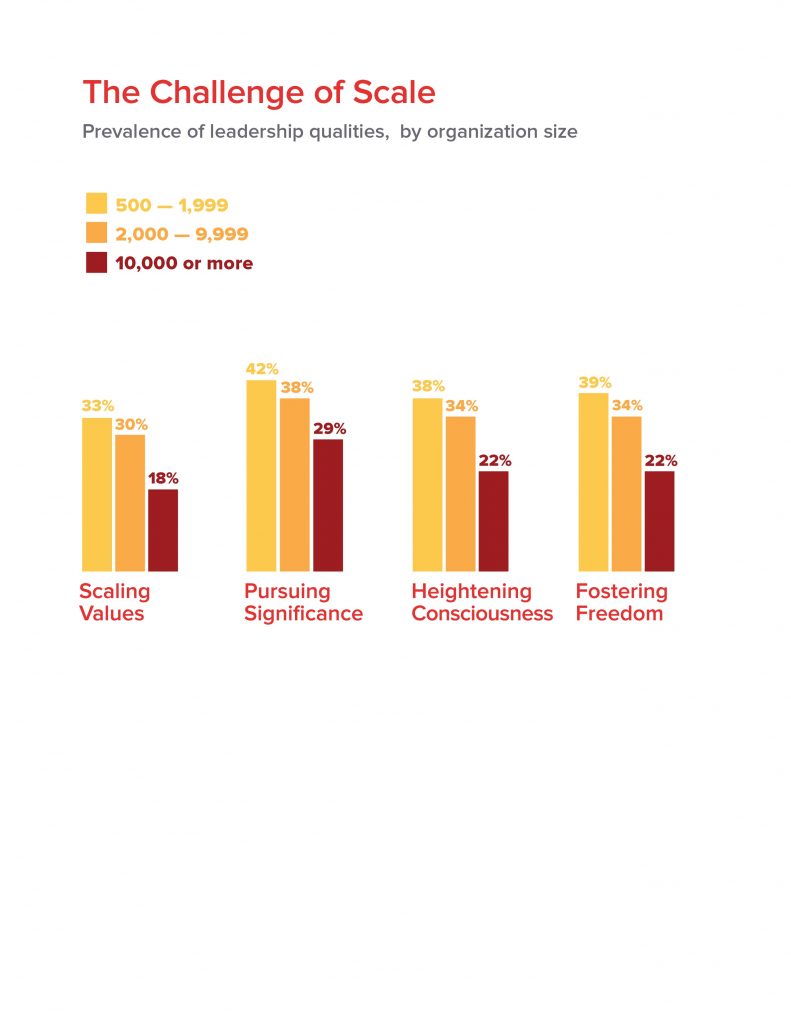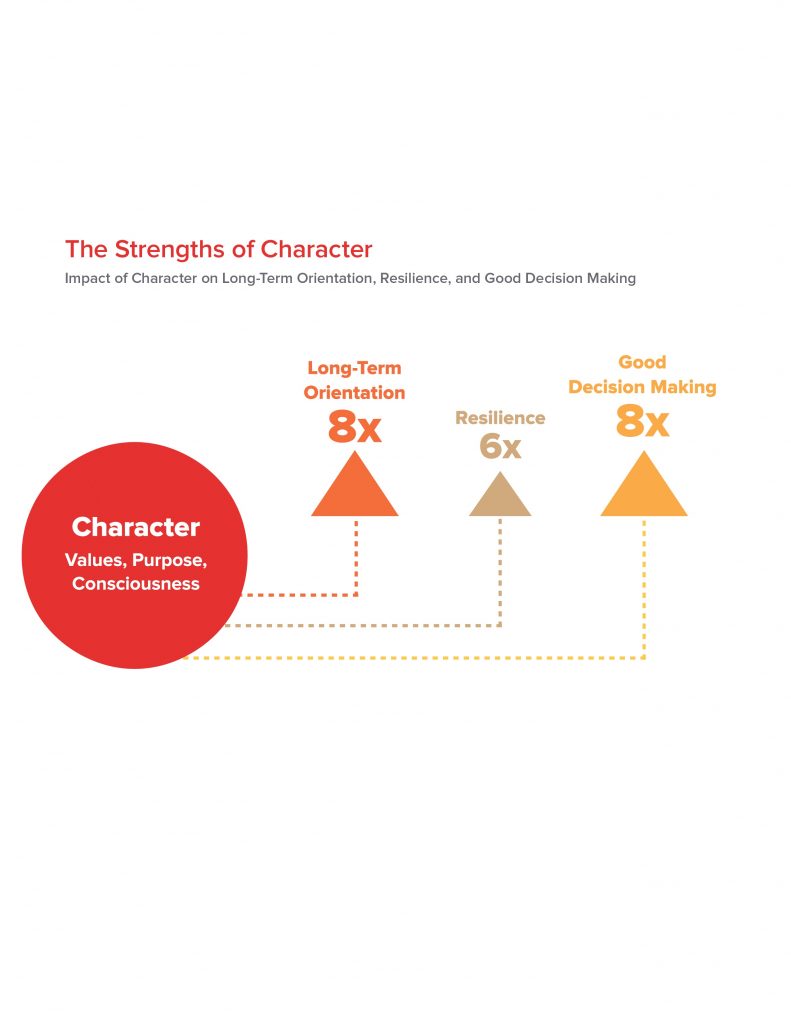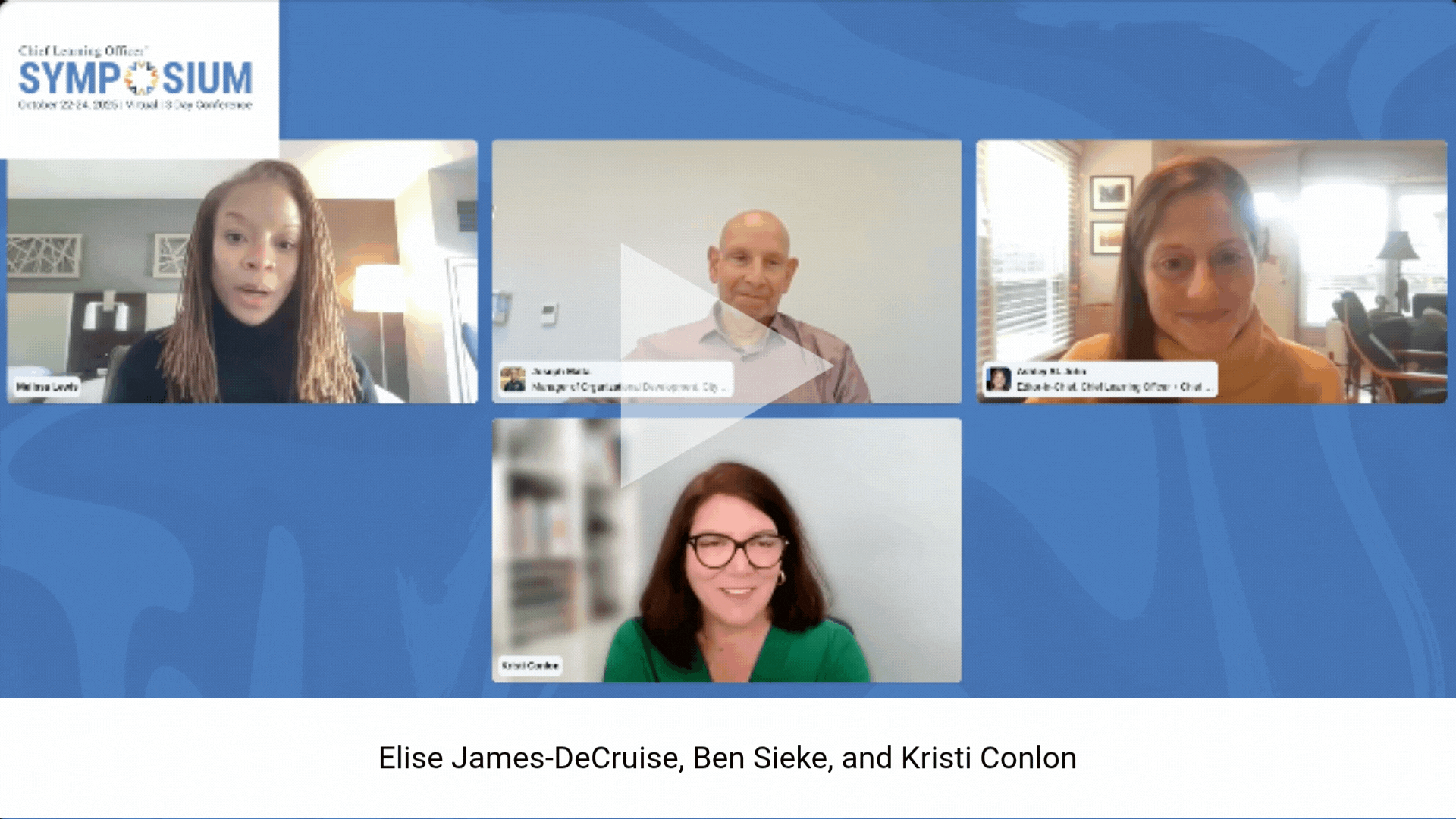 It is a world in which one employee can threaten a century-old brand’s reputation with one social media post, and a management team will be challenged to articulate its viewpoint on the issues of the day, often the next crisis hasn’t even been imagined. Organizations will be required to rethink fundamentals, especially their relationship to society and to the natural world.
It is a world in which one employee can threaten a century-old brand’s reputation with one social media post, and a management team will be challenged to articulate its viewpoint on the issues of the day, often the next crisis hasn’t even been imagined. Organizations will be required to rethink fundamentals, especially their relationship to society and to the natural world.
This constantly shifting landscape represents peril and opportunity in equal measure, creating a new set of questions for executives. Among them: Is your approach to governance fit for an ever-flattening world? Is your organization’s culture suited for unprecedented levels of transparency? Is middle management in your organization capable of leading through a minefield of issues each with its own uncertainties?
In a world in which the power to elevate or undermine organizations increasingly rests in the individual employees’ hands, the primary goal for leadership development is simple: Enable workers to make wise decisions on their own. These decisions should be independent of the constraints of traditional control functions and dictates of command-and-control management. Put another way, teaching workers to do the next right thing, rather than the next thing right, is the surest way to ensure that organizations win in our reshaped world.
That’s the conclusion from LRN’s 2016 edition of “The HOW Report,” a long-term research project in organizational effectiveness, behavior and leadership. [Editor’s note: Author works for LRN.] The global study is based on comprehensive data collected from more than 16,000 employees of for-profit, not-for-profit and governmental organizations in 17 countries. With insights into organizational and individual behavior and how they impact performance, “The HOW Report” offers a road map for 21st century leaders. And while the implications for all leaders vary, there are three takeaways from the research that stand out for anyone thinking about organizational health:
Inspired employees are the key to outperformance. Global management teams understandably obsess about employee engagement. But ultimately, leadership in a world of infinite choices — where so much power to build value sits with individual employees — is about inspiration.
Inspired employees demonstrate three key characteristics: They are authentically dedicated — proud of their organization for how it acts in the world and therefore self-driven; deeply accountable — seizing authority, meeting obligations; and fully responsible — leaning in, stretching themselves and helping others. Inspired employees are also extraordinarily productive. “The HOW Report” characterizes inspiration as 27 percent more predictive of performance than engagement.
 The reason for this disparity is the difference in the relationships between engaged and inspired employees and their organizations. Engagement is contingent and transactional, only as strong as the organization’s short-term performance and the employee’s career trajectory. Eventually, that transaction — externally driven by rewards, perks and other incentives — will expire. Inspiration — fueled internally by deeply held beliefs and the connection between those beliefs and work — is enduring and profound. Engaged employees usually don’t think like owners; inspired employees not only embrace a state of interdependence with their companies, they are passionate about pushing their organizations in new directions based on deeply held beliefs around what must be done for it to achieve its purpose.
The reason for this disparity is the difference in the relationships between engaged and inspired employees and their organizations. Engagement is contingent and transactional, only as strong as the organization’s short-term performance and the employee’s career trajectory. Eventually, that transaction — externally driven by rewards, perks and other incentives — will expire. Inspiration — fueled internally by deeply held beliefs and the connection between those beliefs and work — is enduring and profound. Engaged employees usually don’t think like owners; inspired employees not only embrace a state of interdependence with their companies, they are passionate about pushing their organizations in new directions based on deeply held beliefs around what must be done for it to achieve its purpose.
Most leaders struggle to inspire. Inspirational leaders demonstrate four critical abilities: scaling values, such as instilling a deep commitment to a standard to which people at all levels hold themselves accountable; pursuing significance, such as enlisting all employees in a commitment to a shared, purpose-inspired mission; heightening consciousness, such as building healthy and sustainable interdependency among employees, partners, stakeholders, customers and society; and fostering freedom, such as creating space by carefully promoting freedom from traditional constraints like hierarchy, and filling that space with carefully nurtured freedom to express oneself, experiment and exercise leadership.
Unfortunately, many leaders struggle to inspire. This is to be expected; most of today’s corporate managers developed management practices and habits designed for the closed systems of the 20th century workplace. They lack the playbook to inspire today’s workforce — especially one that is increasingly populated by millennials who are more insistent on the need to experience meaning and values at work.
This problem is especially evident at scale. The larger the organization in “The HOW Report” data set, the less likely senior management was to exhibit inspirational leadership qualities. Such findings demonstrate that we need to break the mold for how we select and develop leaders, helping them understand how to put purpose and values at the core of how they manage.
 The best leaders focus on character and freedom. According to data from The HOW Report, when managers focus on shaping character across an organization, 96 percent of their workforce rate them as effective leaders, compared to 52 percent in organizations that lack this focus. Such organizations are also more than three times as likely to deliver high performance (82 percent vs. 25 percent), according to their employees.
The best leaders focus on character and freedom. According to data from The HOW Report, when managers focus on shaping character across an organization, 96 percent of their workforce rate them as effective leaders, compared to 52 percent in organizations that lack this focus. Such organizations are also more than three times as likely to deliver high performance (82 percent vs. 25 percent), according to their employees.
Certainly, building character at an organizational and individual level is no small task. It demands leaders create time and space for themselves and employees to pause and reconnect with the values most important to them, then architect strategies and operating models that provide compelling answers to how daily work and organizational mission connect with employee purpose, and cultivate greater empathy and consciousness toward the other actors they engage with every day. Then they need to not only knock down traditional operational constraints like hierarchy, outdated policies and poorly crafted incentive structures, they need to create freedom for employees to bring their full selves to work, including all their passions, beliefs and ideas.
Data from “The How Report” shows that high-character organizations outperform their low-character peers in long-term orientation, resilience and good decision-making. This is because a focus on character creates license for employees to take bold risks, pursue big challenges, and become full partners in reshaping stale organizational environments. High-character organizations invariably tend to be high-trust organizations, creating virtuous circles where colleagues admit mistakes, ask tough questions, challenge conventional thinking and share information. They also innovate, which is the key to long-term growth.
 Indeed, businesses, organizations and governments around the world are constantly launching innovation programs, but innovation remains the most elusive of achievements because of a lack of trust. Companies that lack organizational trust — when fear crowds out imagination — are the least likely places to foster the kind of risk-taking and experimentation that leads to new ideas and initiative. High trust, on the other hand, encourages risk-taking, which fosters innovation, which is the key driver of performance. And our research shows that employees who work in high trust environments are 32 times more likely to take risks that might benefit the company, 11 times more likely to see higher levels of innovation relative to their competition, and six times more likely to achieve higher levels of performance compared with others in their industry.
Indeed, businesses, organizations and governments around the world are constantly launching innovation programs, but innovation remains the most elusive of achievements because of a lack of trust. Companies that lack organizational trust — when fear crowds out imagination — are the least likely places to foster the kind of risk-taking and experimentation that leads to new ideas and initiative. High trust, on the other hand, encourages risk-taking, which fosters innovation, which is the key driver of performance. And our research shows that employees who work in high trust environments are 32 times more likely to take risks that might benefit the company, 11 times more likely to see higher levels of innovation relative to their competition, and six times more likely to achieve higher levels of performance compared with others in their industry.
Effective leadership in our reshaped world is about how business gets done, not how much business gets done. Adapting to this new reality will demand a significant shift in outlook and behavior from senior managers. Only when they emphasize character and foster freedom — through a complete overhaul of organizational frameworks, systems and processes — can leaders truly inspire employees to win in today’s markets.
Michael Eichenwald is the global advisory practice lead for LRN, a service provider and adviser to multinationals on ethics, governance, leadership and compliance. Comment below or email editor@CLOmedia.com.














